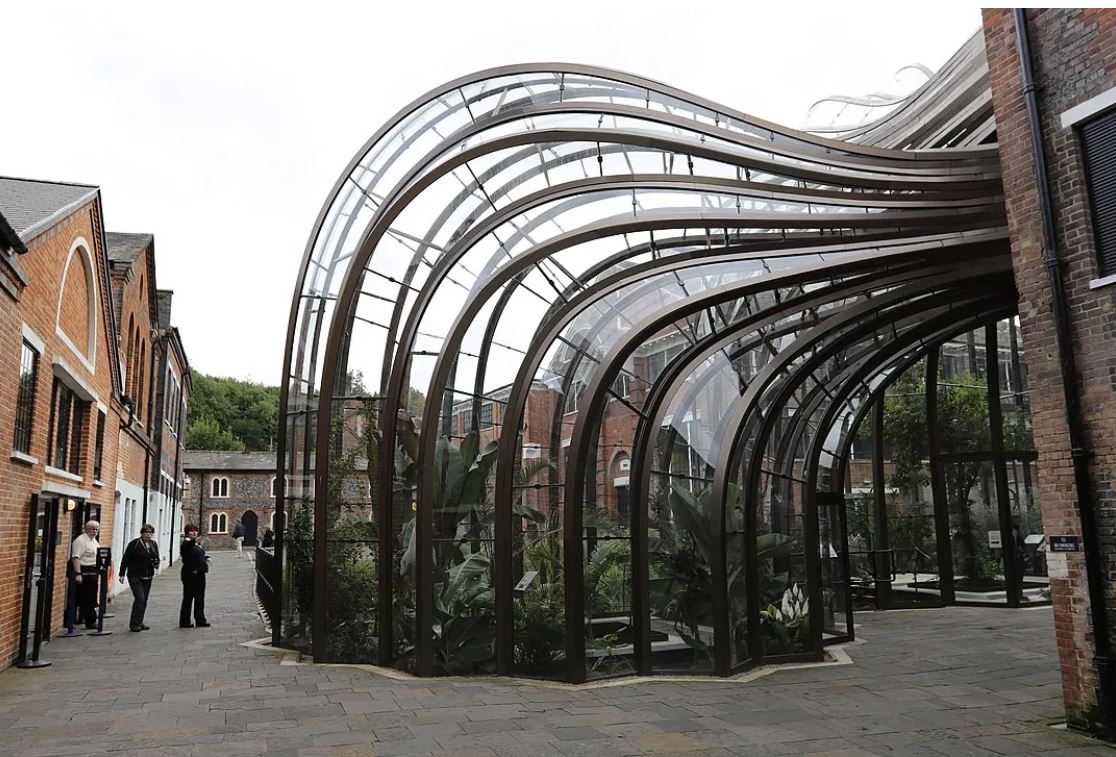We are excited and delighted to announce that the fourth architecture article has been published in the magazine SMLaNotiziaLondra. Follow the link for the Italian version on page 21: SMLaNotiziaLondra Article.
Mold in the Home: Effective Strategies for Prevention and Control
Mold can significantly deteriorate the quality of your living space, posing both aesthetic and health challenges. It is not only visually unappealing but also a potential health hazard, causing allergies and respiratory issues. Fortunately, there are robust solutions to prevent and combat mold. Here are expert tips on maintaining a mold-free home through practical and easily implementable measures.
Optimal Ventilation: The Primary Defense Against Mold
Ensuring adequate ventilation is paramount in mold prevention. Modern homes, with their enhanced insulation, tend to retain moisture, creating ideal conditions for mold growth. Here’s how to optimize ventilation:
- Enhance Air Circulation: Regularly open windows and use fans to facilitate air movement throughout the home.
- Install Exhaust Fans in Kitchens and Bathrooms: Ensure these fans expel air externally to effectively remove moisture-laden air.
- Proper Dryer Venting: Verify that your dryer is vented externally to prevent indoor moisture accumulation.
Prompt Repairs to Mitigate Severe Issues
Water leaks are a primary contributor to mold development. Here’s how to manage them effectively:
- Conduct routine inspections of roofs, walls, and plumbing systems, addressing any leaks immediately.
- Utilize Proper Flashings and Coatings: Select materials specifically designed to protect your home from external moisture ingress.
Understanding and Managing Different Types of Humidity
- Condensation: Occurs when humid air contacts cold surfaces, such as windows and walls. Common during colder months and in areas with poor air circulation. Prevent it by:
- Improving Ventilation: Use exhaust fans and frequently open windows.
- Ensuring Adequate Insulation: Insulate cold surfaces to minimize condensation.
- Rising Damp: Originates from the ground, moving upwards through walls, primarily affecting basements and ground-level rooms. Combat it by:
- Installing Effective Damp-Proof Barriers: Integrate a robust barrier in the foundations.
- Maintaining Damp-Proof Courses (DPC): Ensure the integrity of DPC systems.
- Penetrating Damp: Results from external defects like wall cracks or damaged roofs, becoming more evident after rain. Prevent it by:
- Sealing Cracks: Repair cracks and fissures in walls and roofs promptly.
- Maintaining Gutters and Downpipes: Keep these systems clear of blockages to facilitate proper drainage.
Preventive Measures: The Best Approach to Mold Control
- Regular Inspections: Periodically inspect the roof and promptly repair any damage.
- Maintain Gutters and Downpipes: Ensure they are appropriately sized and free from obstructions.
- Manage Vegetation: Keep trees and shrubs at a distance from walls to prevent moisture retention.
- Maintain Consistent Indoor Temperature: Keep the indoor temperature steady (15-20°C) to avoid condensation.
- Unobstructed Air Vents: Do not block chimneys and air vents to ensure effective ventilation.
Selecting Breathable Materials for Wall Finishes
Choose materials that allow your walls to breathe for both internal and external finishes. Avoid modern materials that trap moisture, such as waterproof paints and cement-based plasters.
Effective Repair Techniques
- Ensure Complete Drying: Allow affected areas to dry fully before undertaking any repairs.
Key Takeaways for Mold Prevention
Preventing mold is crucial for maintaining a healthy and safe home environment. Prioritize good ventilation, regular maintenance, and the use of appropriate materials to prevent mold issues. If signs of moisture or mold appear, address them immediately to prevent future damage. A well-maintained home safeguards your health and preserves your property’s value.
Natalia Giacomino, ARB, Chartered Member of RIBA
Director of NGA + Partners





.svg)





.jpeg)






.jpeg)





.jpeg)




.jpeg)





.jpg)






.jpeg)





